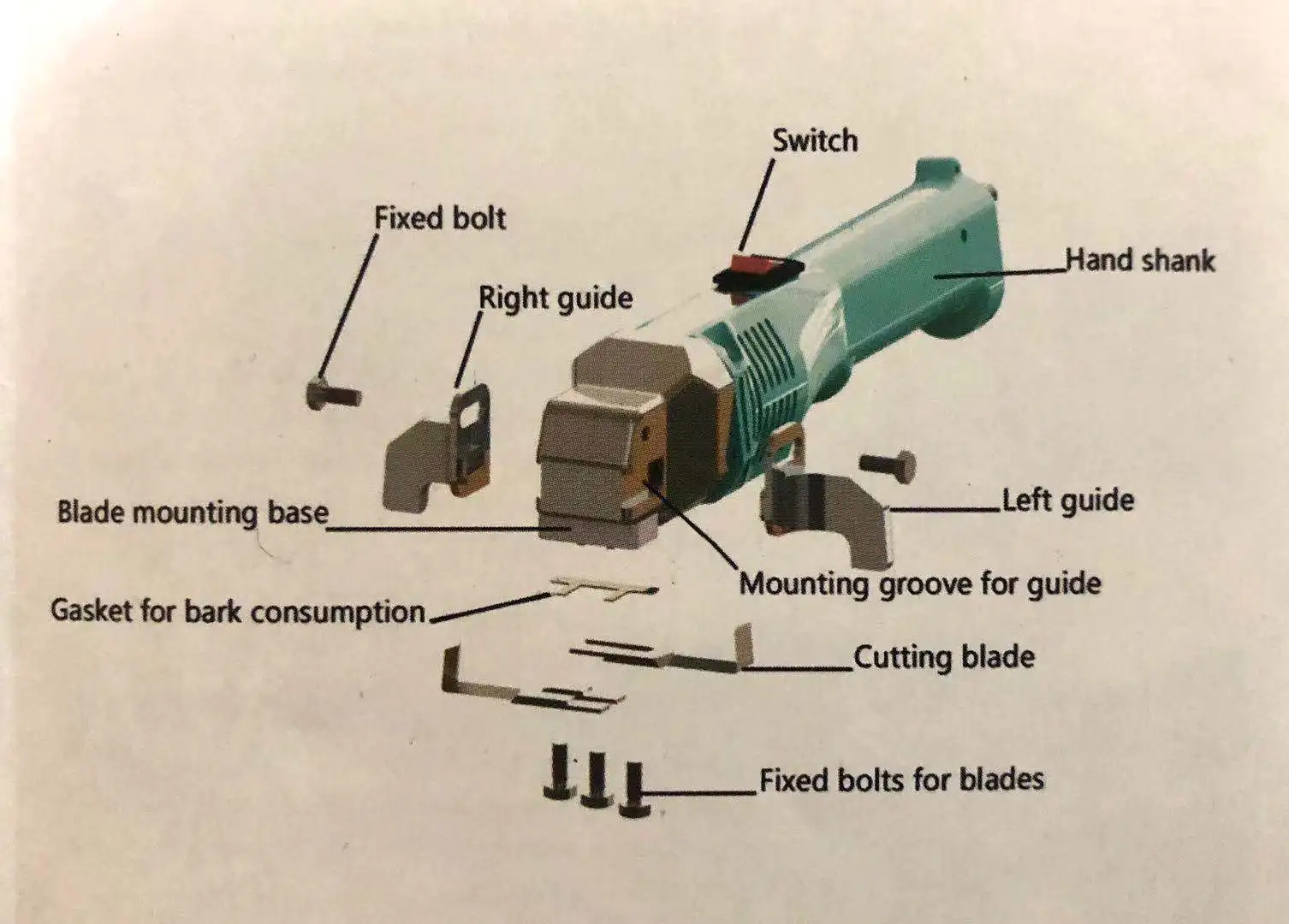

The left hand should not be raised above the shoulder height and right hand above the elbow during tapping. While tapping, active knife movements are made by the right hand and left hand only guides the knife.

The recommended length of the handle is 120 cm for tapping up to height of 160 cm from bud union, and 180 cm handle for tapping beyond that height. Other advantages of the knife are reduction in spillage due to a curved tapping cut surface (in spite of the tapping cut being inverted), ease in minimizing bark consumption and eliminating injury to cambium.

For CUT, good quality modified long-handled gouge knife must be used so that the tapper can stand on the ground and tap on the high panel. Tapping on the upper cut should be done with maximum control on bark consumption (as per Table 10) and maintenance of the angle of cut (45°). Since the tapping frequency is weekly (d7), thickness of bark shaving should be 2.5mm/tap, but monthly bark consumption is only 1cm. However, under weekly tapping, the length of tapping cut for CUT should be S/3, and each S/3 cut can be tapped for seven years (7 x 3 = 21 years CUT). When the frequency is d4, cach S/4 cut can be tapped for 5 years (5 x 4 = 20 years CUT). Thus the duration of CUT can be 8-16 years under S/4 d3 cut. Normally one panel can be tapped for two years under continuous tapping or four years under periodic panel changing. The length of tapping cut can be quarter spiral irrespective of the girth of tree and its slope should be 45°. The normal recommended CUT practice in India is periodic panel changing, i.e., basal panel tapping (S/2) with rainguard during rainy season, and CUT (S/4) on high panel during non- rainy season. If CUT is to be initiated during the first/ second year of tapping on BI-1 (C) panel, the CUT panel should be taken above BO-2 (B) panel. For CUT, the tapping cut is opened on the virgin bark just above the renewed bark of the basal panel. For simultaneous tapping of both basal and high panels (intensive tapping for one or two years) while in BI-1 and BI-2 stage.

For prolonging economic life of trees after the completion of BI-2 panel (D panel). Renewed bark is not suitable for tapping because of irregular growth, diseases or panel dryness. CUT can be adopted under the following situations: 1. In general 30-50% higher yield can be obtained for many years under CUT. The combination of Low Frequency Tapping with CUT from renewed panel stage can increase the economic life of trees up to 40 to 45 years. It can be practised from renewed panel stage onwards on the virgin bark above the basal panel. Controlled upward tapping(CUT) is a proven harvesting practice to achieve sustainable high yield for long term from old and senile trees.


 0 kommentar(er)
0 kommentar(er)
